CARING WITH FAMILY
|
| The degree of affection demonstrated by a breed towards its family members and well-known individuals can vary significantly. Some breeds can exhibit aloofness towards everyone except their owner, whereas other breeds consider everyone they know as their best friend. |
LOVE WITH CHILDREN
Unwise
Good With Children
|
| The extent to which a breed can tolerate and remain patient with children's behavior along with its overall friendliness towards families is a crucial aspect to consider. It is important to closely monitor dogs' interactions with young children or those who have limited experience with dogs, regardless of the breed. |
BEHAVIOR WITH DOGS
Unwise
Good With Other Dogs
|
| The overall tendency of a breed to be companionable with other dogs is an important consideration. While it is essential to supervise and carefully introduce dogs to one another, certain breeds naturally exhibit a higher inclination towards amicable relationships with their canine counterparts, whether at home or in public settings. |
SHEDDING LEVELS & MANAGEMENT
No Shedding
Hair Everywhere
|
| Considering the amount of fur and hair a breed is prone to shedding is a key factor. Breeds that shed heavily will require more frequent brushing can potentially trigger certain allergies, and may necessitate more regular vacuuming and lint-rolling to manage the hair. |
COAT GROOMING STANDARDS
|
| The grooming needs of a breed, including bathing, brushing, trimming, or other forms of coat maintenance, should be taken into account. It is essential to consider the amount of time, patience and budget you can dedicate to this type of care. Additionally, all breeds require regular nail trimming to ensure their well-being. |
DROOLING INTENSITY
Less Likely to Drool
Always Have a Towel
|
| 60% The propensity of a breed to drool is another factor to consider. If you prefer to maintain cleanliness and avoid dogs that leave excessive drool on your arm or create big wet spots on your clothing, it may be preferable to choose a breed that is less prone to drooling. |
COAT STYLES GUIDE |
| Smooth |
| COAT SPECTRUM |
| Short |
FRIENDLINESS
Reserved
Everyone Is My Best Friend
|
| The level of welcoming behavior a breed typically exhibits towards strangers is an important consideration. Some breeds may be reserved or cautious around all strangers, regardless of the setting, while other breeds tend to be more open and eager to meet new people whenever the opportunity arises. |
LIVELINESS
Only When You Want To Play
Non-Stop
|
| The enthusiasm for play that a breed typically exhibits, even beyond the puppy stage is an important factor to consider. Some breeds tend to maintain their desire to play tug-of-war or fetch well into their adult years. On the other hand, some breeds are generally content to relax on the couch with you for most of the time. Understanding a breed's inclination for play can help determine compatibility with your lifestyle and activity level. |
VIGILANCE INTENSITY
What's Mine Is Yours
Vigilant
|
| The inclination of a breed to alert you when strangers are present is an important characteristic to consider. Certain breeds are more likely to react to perceived threats, whether it's the mailman or a squirrel outside the window. These breeds are also more likely to warm up to strangers who enter the house and are accepted by their family. |
ADAPTATION CAPACITY
Lives For Routine
Highly Adaptable
|
| The adaptability of a breed to handle change is a significant aspect to consider. This includes how well a breed adjusts to changes in living conditions, noise levels, weather conditions, daily schedules, and other variations in day-to-day life. Some breeds are more resilient and adaptable to such changes, while others may struggle or require more structured routines. Assessing a breed's ability to handle change can help determine their compatibility with your lifestyle and environment. |
OBEDIENCE LEVEL
Self-Willed
Eager to Please
|
| The trainability and willingness of a breed to learn new things are essential considerations when selecting a dog. Some breeds have a natural inclination to please their owners and are eager to learn making them relatively easy to train. On the other hand, certain breeds may exhibit more independence and a preference for doing things on their own terms, which can make training more challenging. Understanding a breed's inherent trainability can help set appropriate expectations and determine the amount of time and effort required for training. |
STAMINA LEVEL
|
| The exercise and mental stimulation requirements of a breed are significant considerations. High-energy breeds typically have a strong desire for physical activity and are eager for new adventures. They enjoy activities such as running, jumping, and playing throughout the day. On the other hand, low-energy breeds tend to be more relaxed and content with leisurely activities, preferring to spend their time lounging and snoozing. Understanding a breed's exercise and mental stimulation needs can help ensure that their energy levels align with your lifestyle and ensure their well-being. |
VOCALIZATION
|
| Infrequent |
LEARNING CURIOSITY LEVEL
Happy to Lounge
Needs a Job or Activity
|
| The amount of mental stimulation a breed requires to stay happy and healthy is an essential aspect to consider. Purpose-bred dogs that have jobs requiring decision-making, problem-solving, concentration, or other qualities typically thrive on mental exercises. Without adequate mental stimulation, these breeds may become bored and seek their own activities, which may not always align with your preferences. Providing sufficient mental stimulation for the breed you choose is crucial to ensure their overall well-being and prevent unwanted behaviors. |
| COLORS |
|
Description
|
Registration Code
|
|
Yellow
|
232
|
|
Black
|
007
|
|
Red Golden
|
153
|
|
| PATTERNS |
|
Description
|
Registration Code
|
|
Black Mask
|
004
|
|
White Markings
|
014
|
|



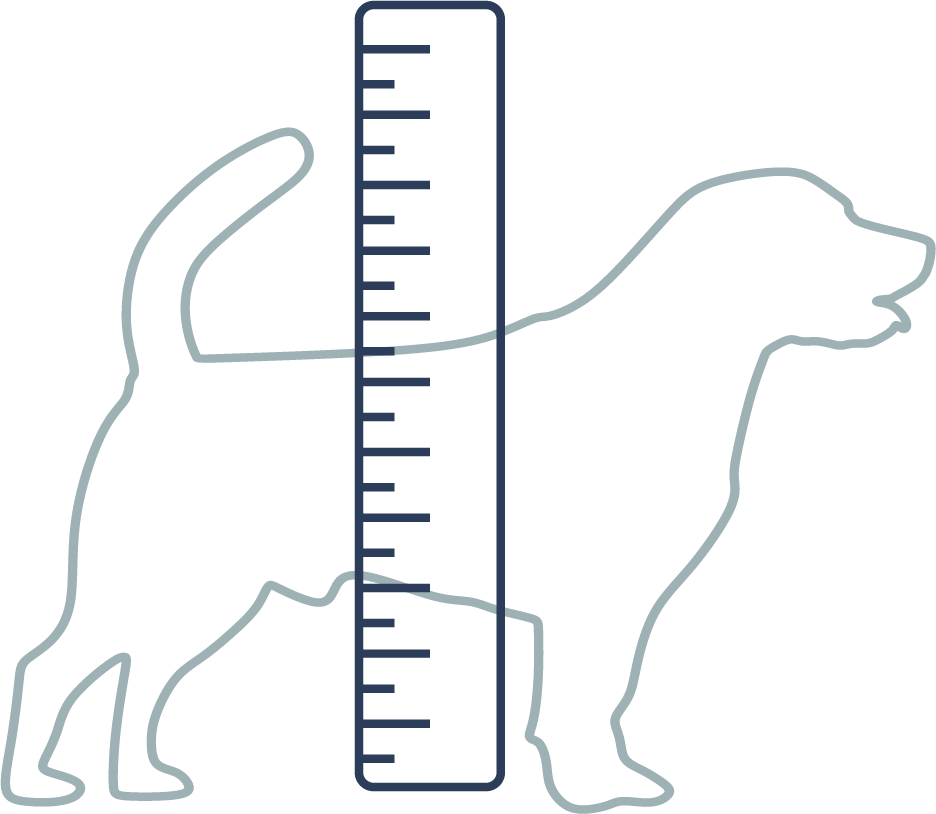


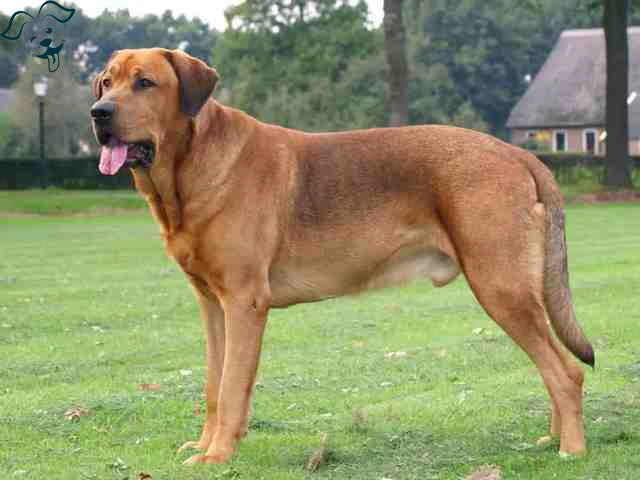
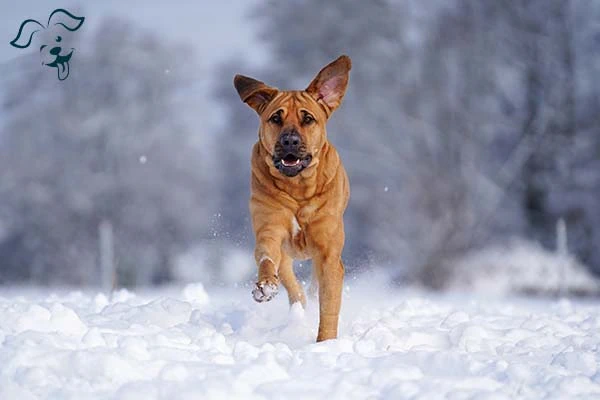
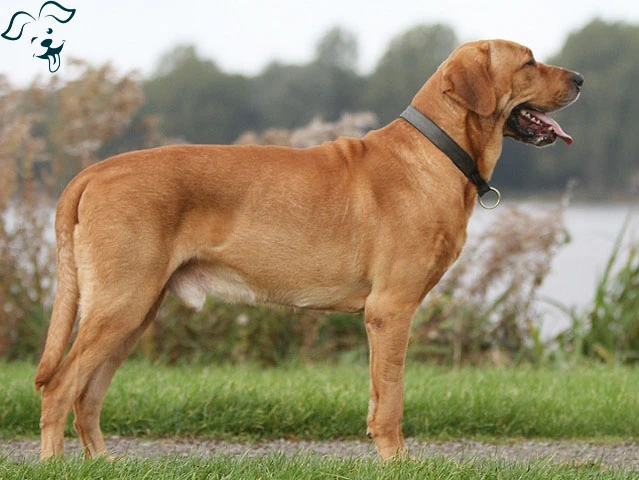







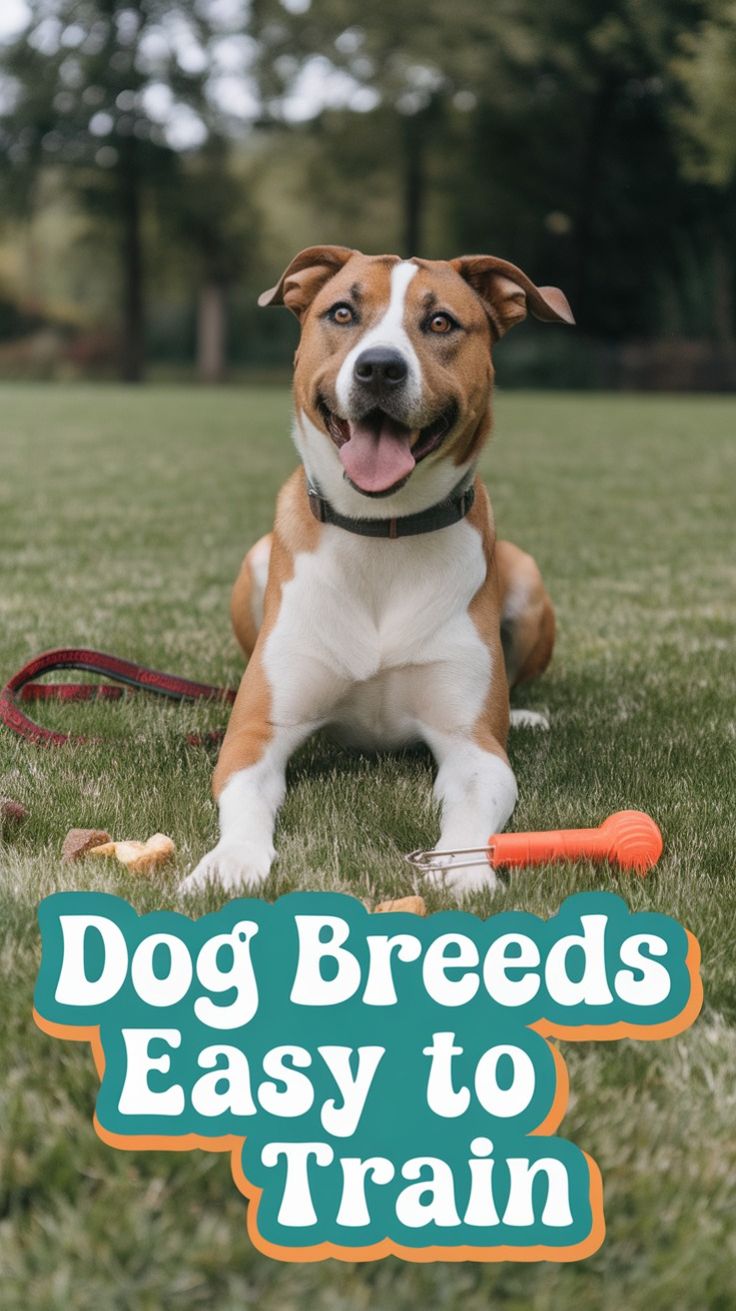
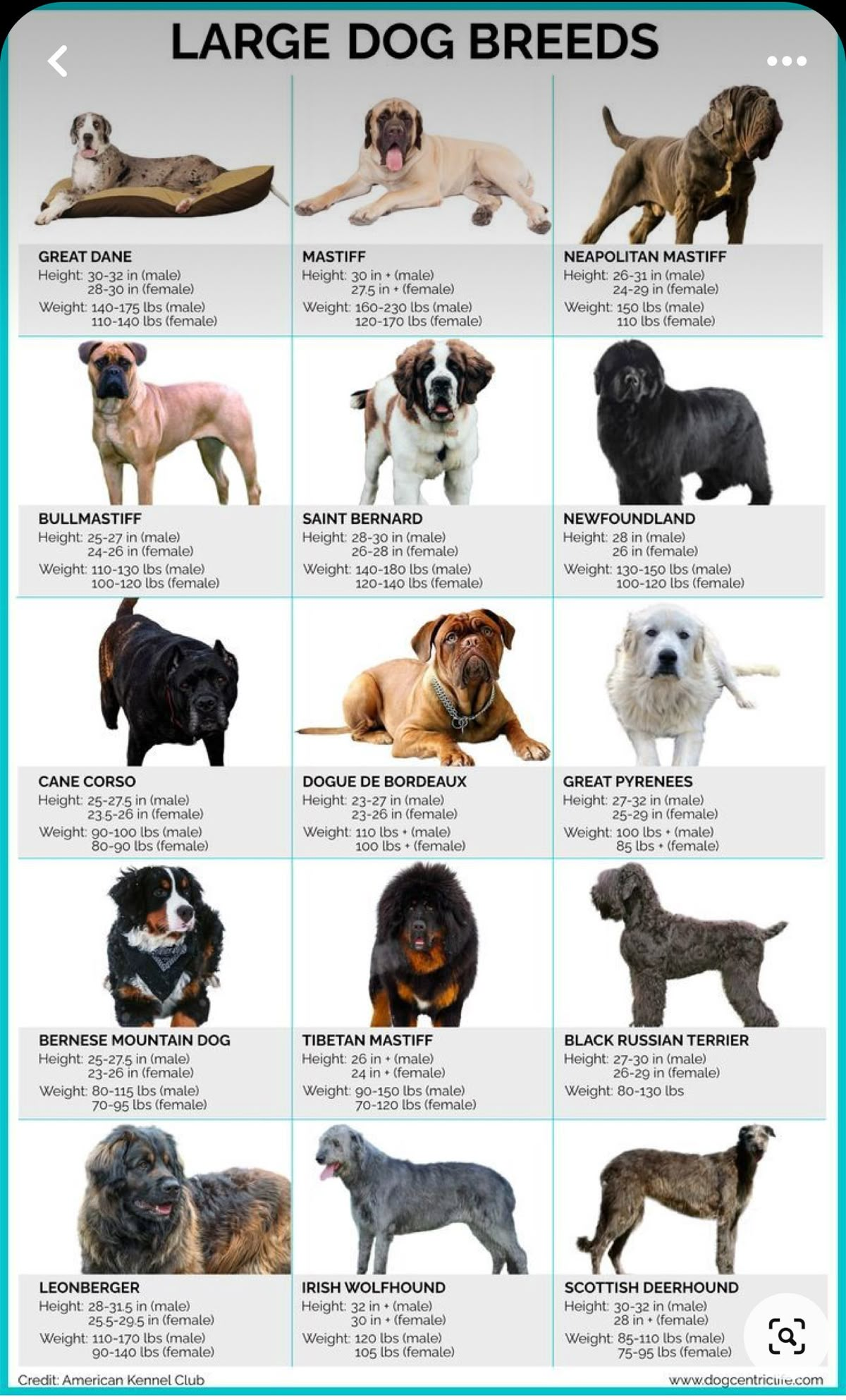

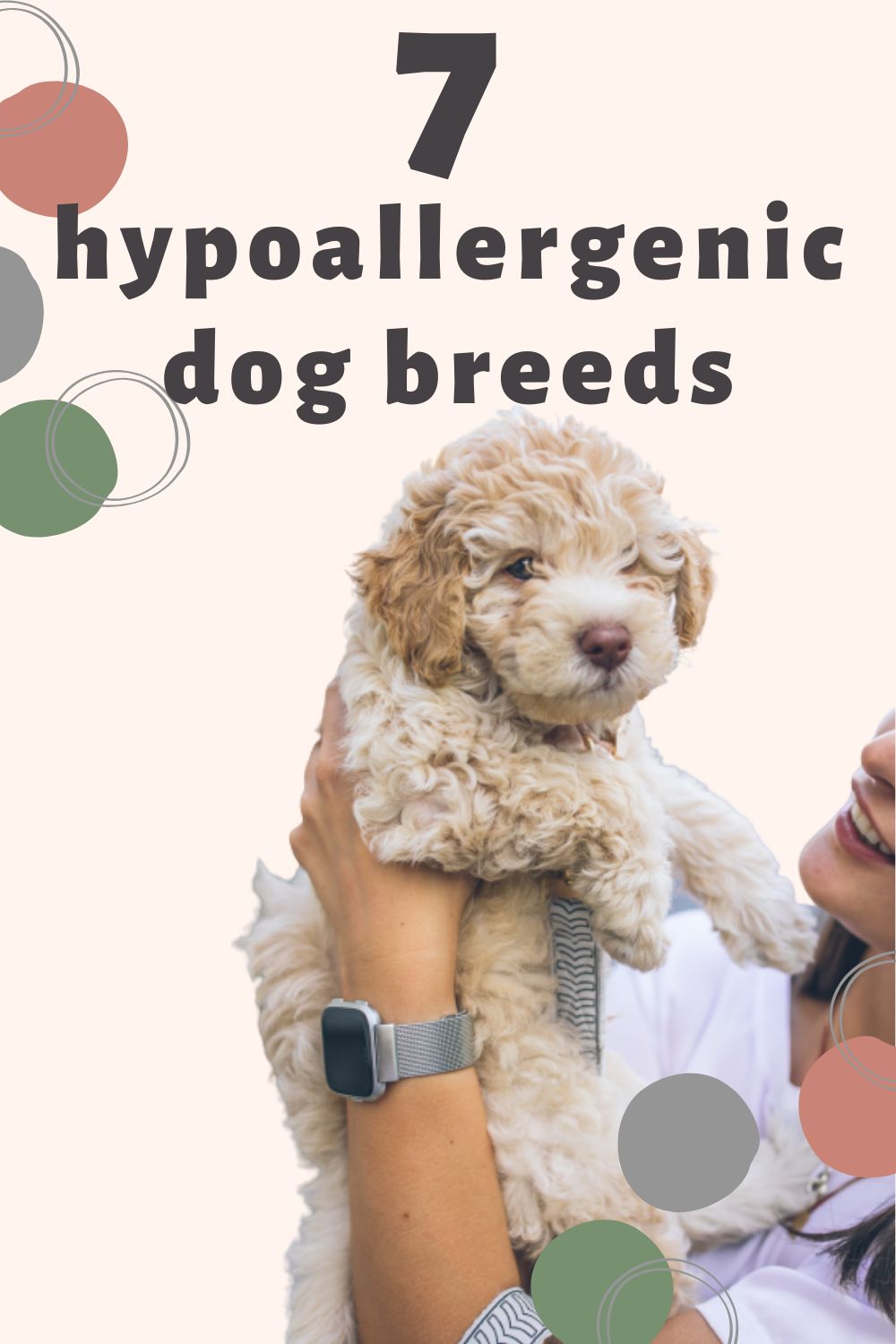




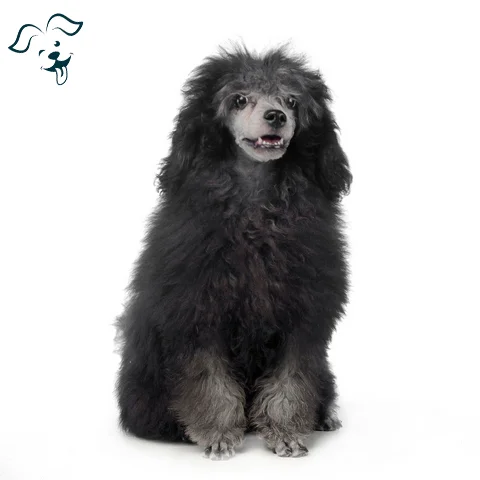

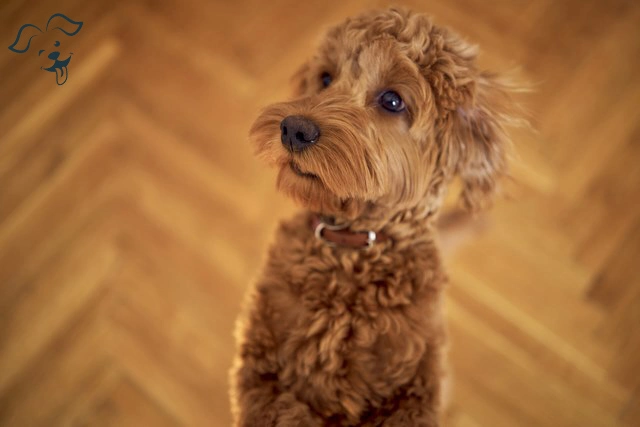
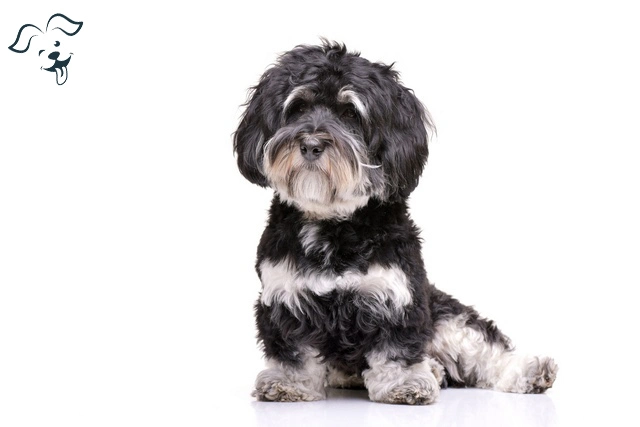
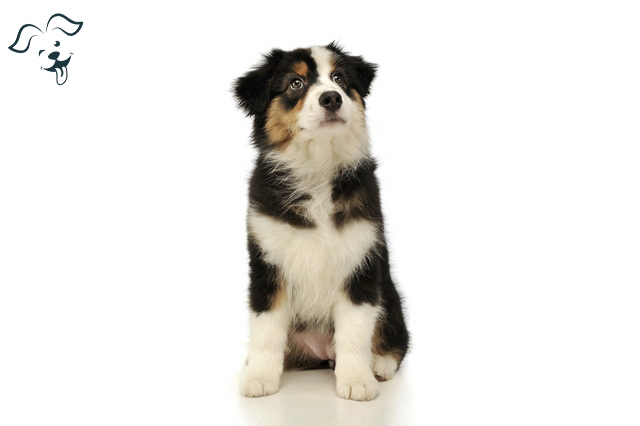
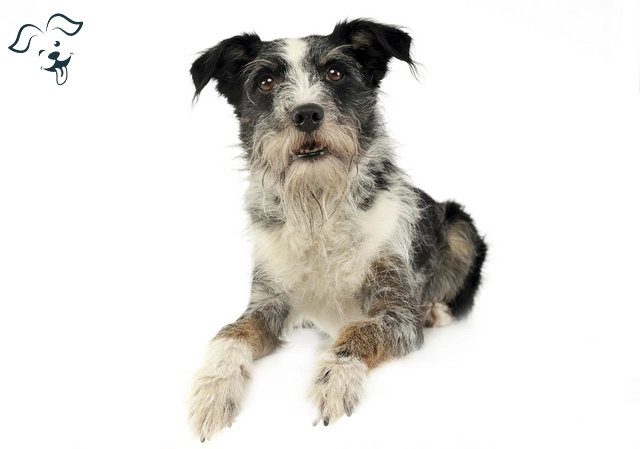
FRIENDLINESS
LIVELINESS
VIGILANCE INTENSITY
ADAPTATION CAPACITY